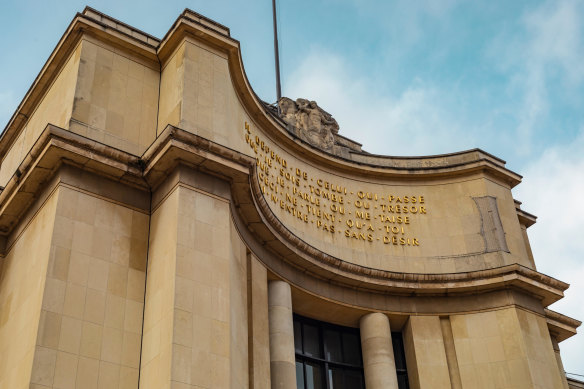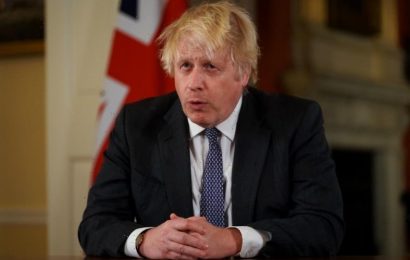Save articles for later
Add articles to your saved list and come back to them any time.
London: The remains of hundreds of Indigenous Australians are set to be returned after more than 150 years abroad after France’s parliament passed new laws allowing museum collections to be repatriated for burial.
The law, which received its final approval in the Senate on Tuesday, is the culmination of years of debate on the ethics of keeping human body parts in French cultural inventories. It allows for certain remains of people deceased after the year 1500 to be extracted from museum collections by decree and be returned home to their descendants for “funeral purposes”.
The Musée de l’Homme in Paris.Credit: Alamy
Culture Minister Rima Abdul Malak said it was a historic moment awaited by “several foreign peoples”, and hoped the decision would allow some reconciliation, as remains “sometimes entered our collections after having been acquired illegitimately or even violently”.
Several French institutions are home to remains of at least hundreds – if not thousands – of Indigenous Australian victims of violent conflicts or plundered from graves and brought to Europe for the study of race, promotion of eugenics, and, ghoulishly, for public display.
France actively collected human remains throughout the 19th century, but the history, size and scope of collections held by institutions is still largely unknown because of a lack of publicly available data. It is estimated that the process of identifying and cataloguing remains could take a decade.
The first significant medical, anthropological and archaeological collections were taken from Australia during French scientific naval expeditions as early as 1800, with those leading the missions encouraged to collect human remains. Before setting off to map the coast of New Holland (now known as Australia), an expedition led by George Cuvier, a major figure in natural science, was instructed to acquire and preserve skulls and skeletons.
The most significant collection of Indigenous ancestral remains is the Musée de l’Homme (Museum of Mankind), which has one of the largest and most diverse collections in the world, including 18,000 skulls and more than 1000 skeletons. More than 40 per cent of the collection is from France and other European countries, but about 11 per cent is from the Pacific area, including at least 68 remains and 59 casts from Australia.
The new law comes almost a decade after Australia’s then-prime minister Tony Abbott discussed the matter with then-president François Hollande on his visit to Canberra, where the pair committed to a process of identification and consultation.
Australia’s ambassador to France, Gillian Bird, said it was a major breakthrough which would facilitate the return of Aboriginal and Torres Strait Islander ancestors preserved in France.
France’s growing reckoning with its colonial legacy has shaken many of its cultural institutions, with the restitution of objects belonging to African countries taking on new precedence in the past few years. In 2017, President Emmanuel Macron pledged to return African artefacts to the continent to ease relations with former French colonies. It is estimated that France has roughly 90,000 African artefacts in its public museums.
Until now, only two exceptional laws had been passed, to allow repatriations to South Africa and New Zealand. Around 15 mummified and elaborately tattooed heads of Maori warriors were returned to New Zealand in 2010.
Over the past 30 years, the repatriation of Australian Indigenous ancestral remains from both UK and German museums has progressed, with institutions recognising Aboriginal and Torres Strait Islander community concerns over their public display and treatment, and appeals for their return. Since 1990, more than 1650 ancestors have been returned from institutions and private holders from across nine countries.
Get a note directly from our foreign correspondents on what’s making headlines around the world. Sign up for the weekly What in the World newsletter here.
Most Viewed in World
From our partners
Source: Read Full Article








